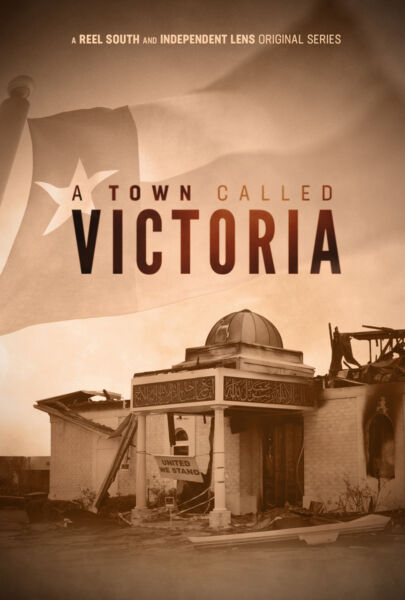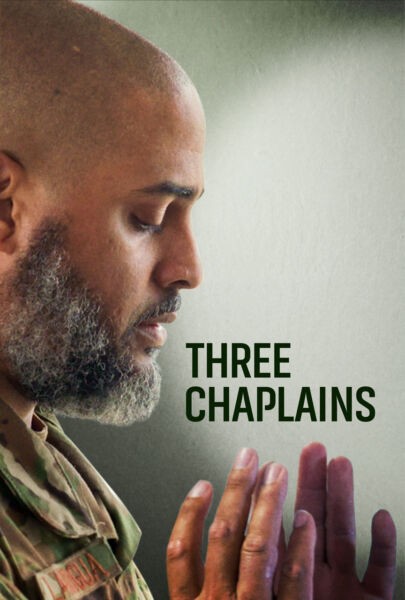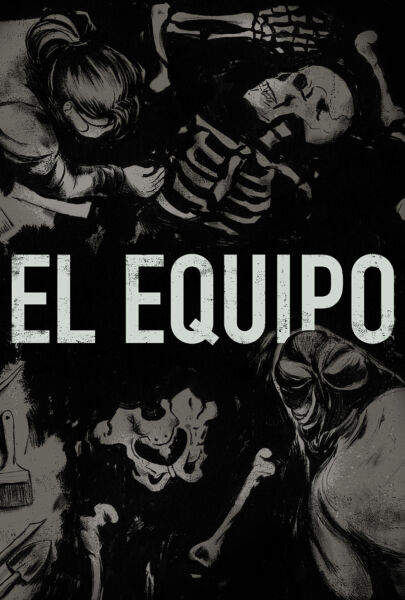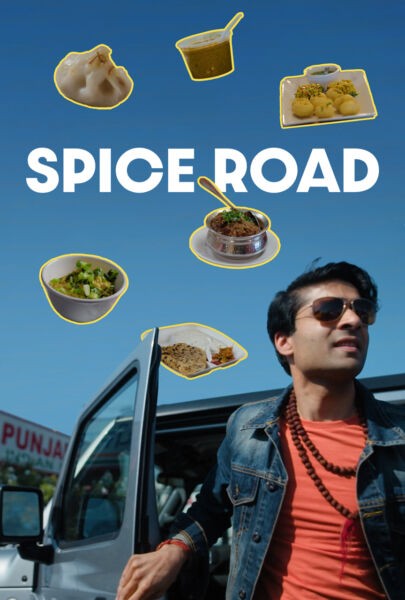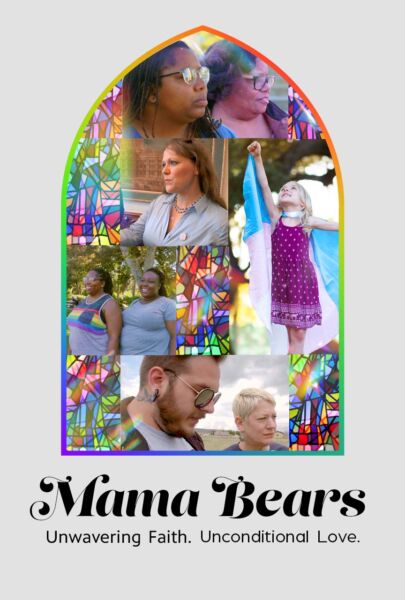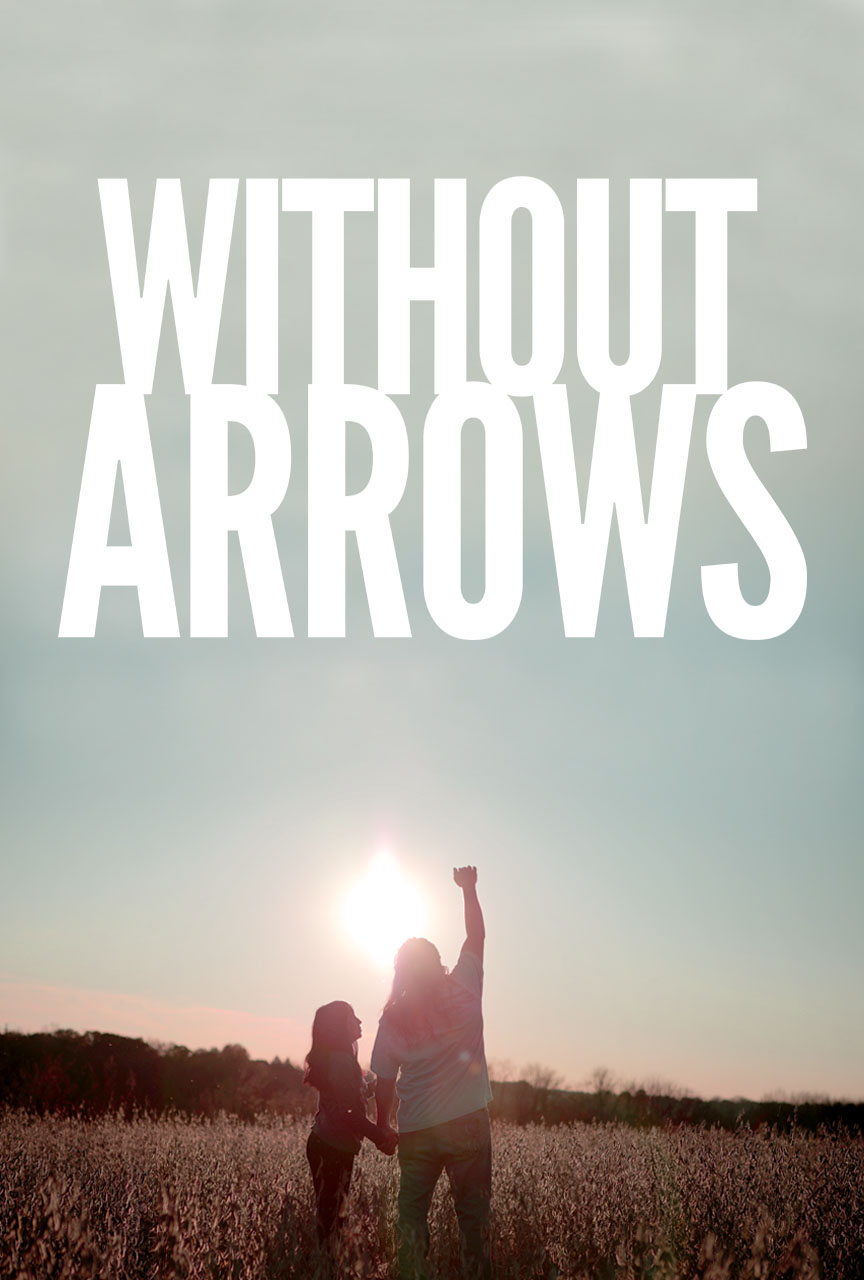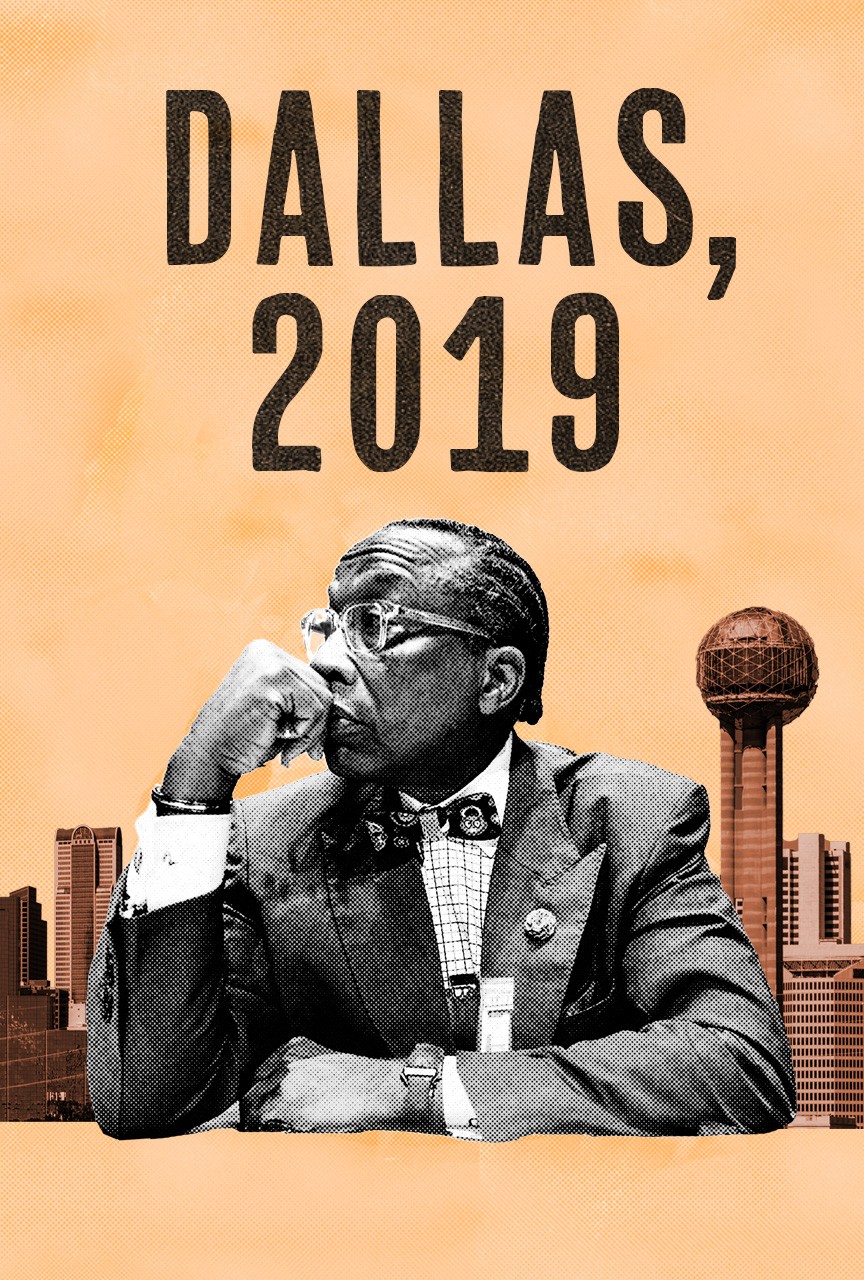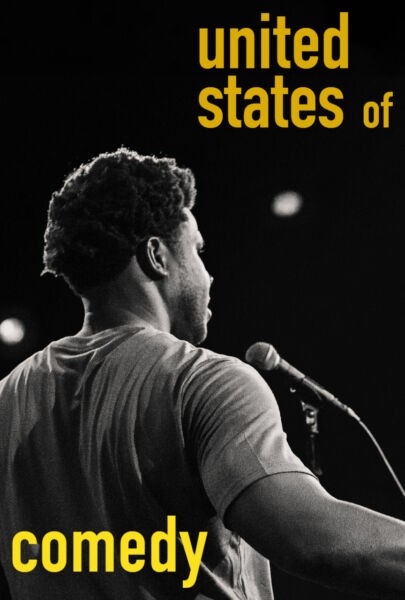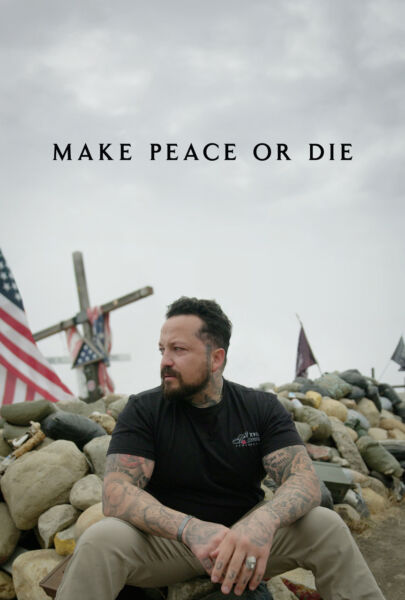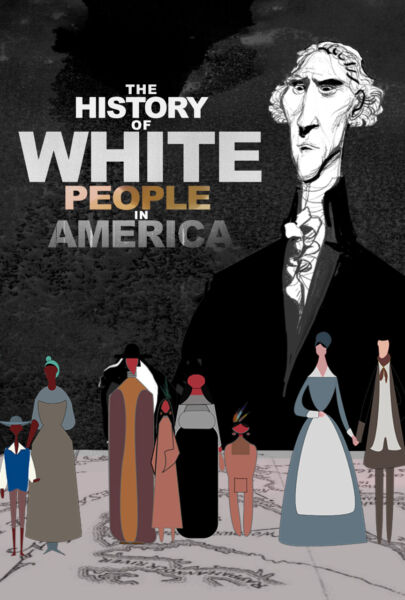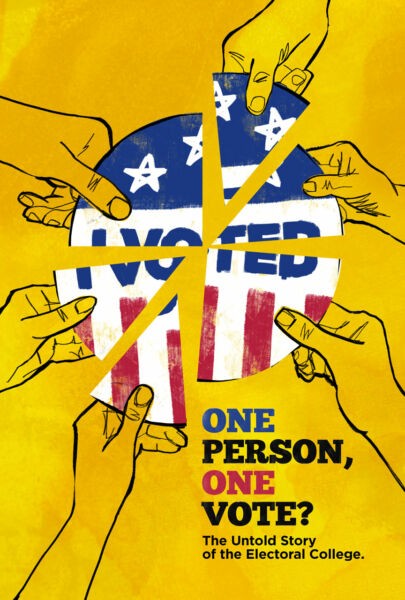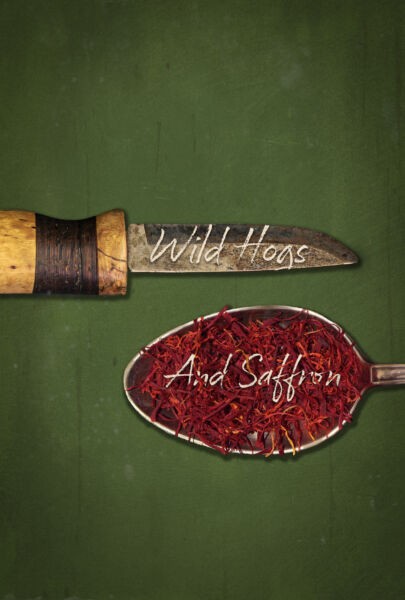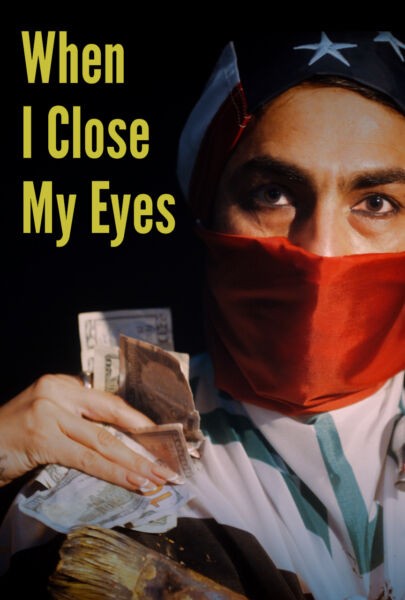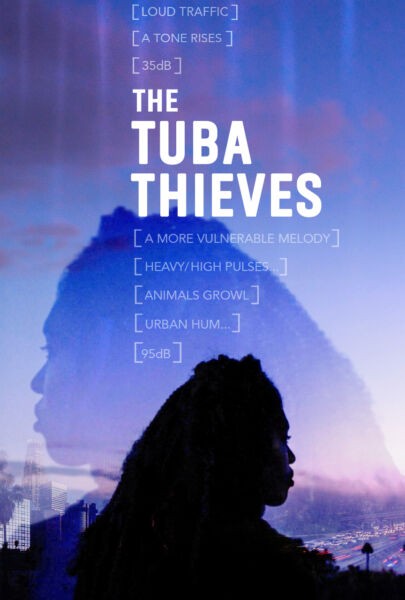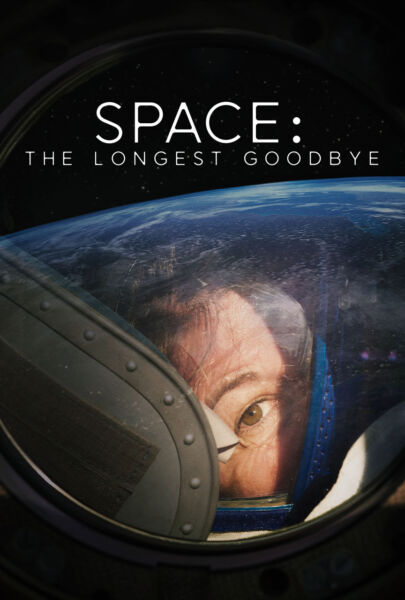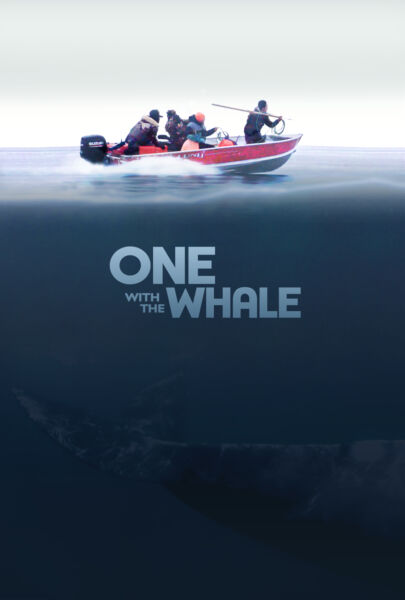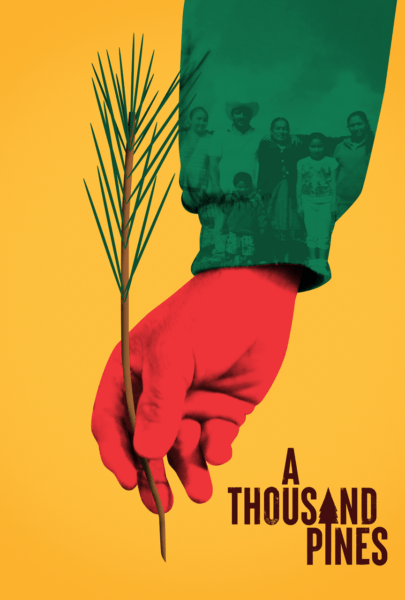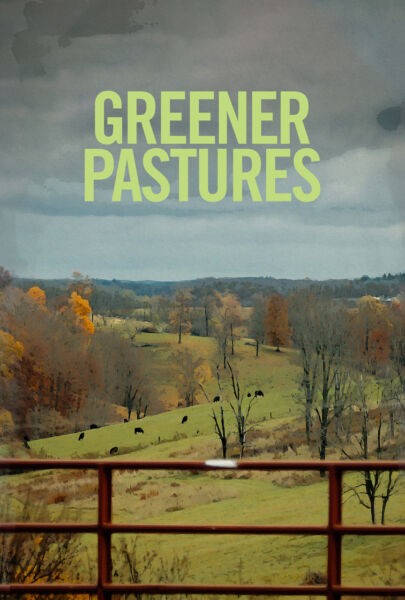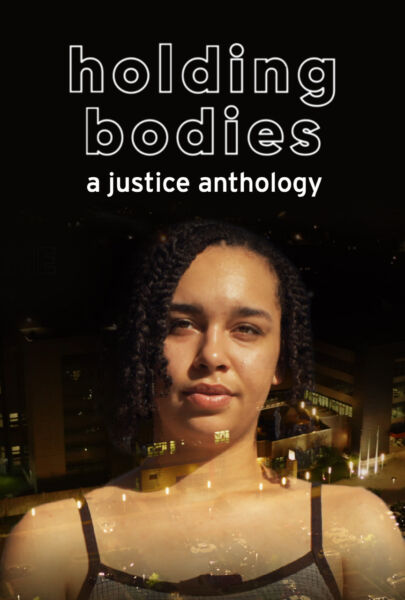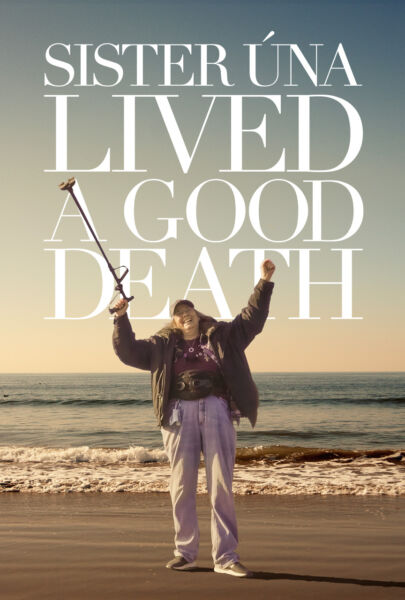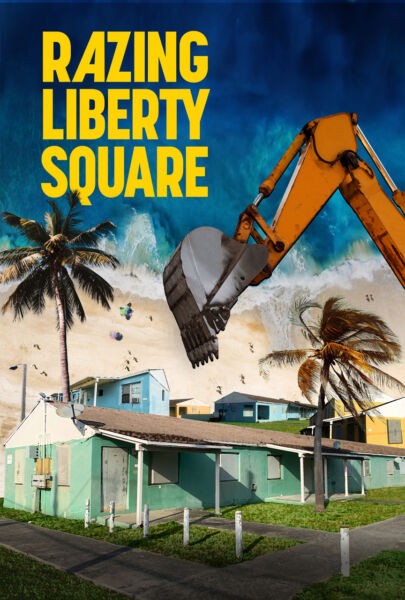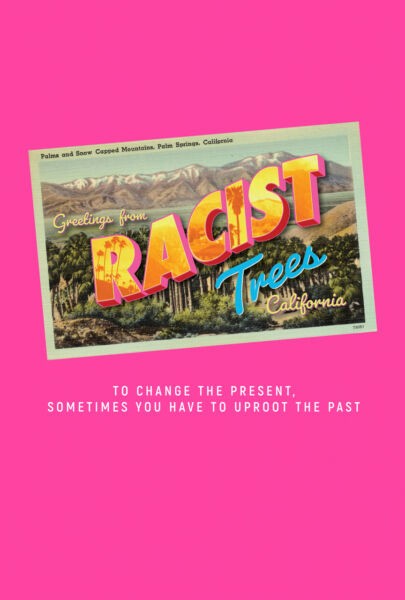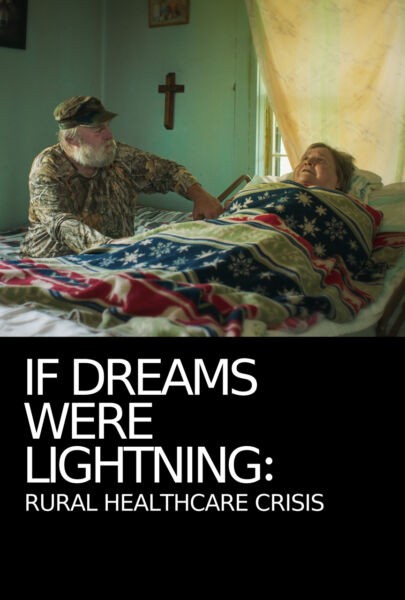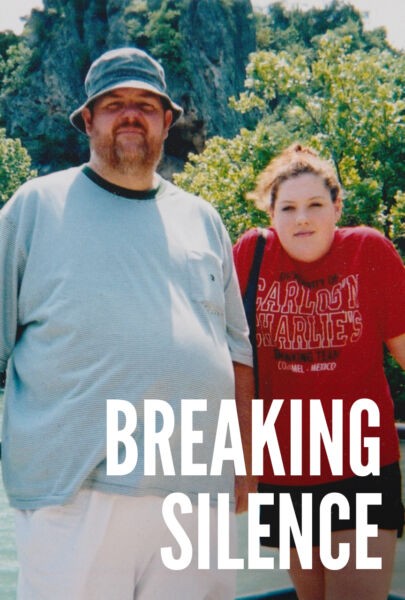
Filmmakers Sally Rubin and Jen Gilomen shared with Independent Lens the arduous process of making Deep Down and the profound rewards of doing what you love with someone you trust.
What impact do you hope Deep Down will have?
We have three main goals for impact: 1) to connect Americans in a new way to Appalachia, its mountains, and its people; 2) to raise awareness of mountaintop removal mining and support related policy; and 3) to inspire mindfulness around energy consumption and increase demand for alternative energy.
What led you to make this film?
We began with the desire to make a film about industry and socioeconomic class in America, which led us to explore the Appalachian region. Our families are from the mountains of east Tennessee and the small town industrial community of Peoria, Illinois, so we had personal connections to rural working America and the Appalachian region. We were committed to putting a new face on Appalachia, to offer the people of this region a look at their lives through the lens of outside media that was different than what had been previously offered. We then discovered mountaintop removal coal mining, and knew right away that this was the issue our film would explore.
We were looking for a story we could follow from start to finish, and it was then a matter of finding subjects on the cusp of a story who could carry a rich and personal story and provide complex perspectives. In June 2007, we met Beverly May, who introduced us to her friend Terry, and we were off and running.
What were some of the challenges you faced in making Deep Down?
There were several challenges: being West Coast filmmakers trying to make a long-form cinema verité documentary portrait, which required access and intimacy to tell the story in the way we wanted to tell it, was difficult at times. Gaining the kind of access we wanted — and keeping it — was always hard. We believe that our subjects, always cognizant of our potential bias and concerned as much about the integrity of the film as we were, kept us on our toes and made us better filmmakers. Additionally, not being from Appalachia ourselves, and being lifelong environmentalists, we definitely initially had a one-sided view. When we saw the horrific mountaintop removal mines, our first reaction was to think that it had to stop immediately, without really questioning what was behind this issue, what alternatives were immediately available, and who, ultimately, was responsible for causing this destruction. Once we began uncovering the intricacies of the topic, and recognized how deeply reliant Appalachia is on coal, the film and its message became much more complex.
How did you gain the trust of the subjects in the film?
We gained the trust of our subjects the same way trust is built in any friendship or relationship: by spending time with them, by allowing ourselves to be vulnerable, and by proving ourselves reliable and worthy of their trust. Returning repeatedly to the region for almost three years, and keeping in touch with genuine interest between our visits, showed these folks that we were here to stay, that we weren’t looking to “grab a story” and leave, that we wanted to understand the issue, and that we were willing to spend the time and the resources to do it. In doing so, we had to let go of our own hang-ups, and really, truly listen with love and compassion.
What would you have liked to include in the film that didn’t make the cut?
In the interest of time, many of our favorite, patient scenes that reflected the lifestyle and culture of Appalachia hit the cutting room floor. This is such a precious America region, with a feel all its own. We would’ve loved to make a film twice as long, which let the viewer just drink in what it’s like to be in this place. Luckily, with so many forms of media now available to our audiences, we were able to create the Virtual Mine game project and a short video series called People Power out of the many other stories we touched upon during production.
Tell us about a scene in Deep Down that especially moved or resonated with you.
The scene where Terry and Beverly, the film’s two protagonists, are seated at a table, discussing their views of mountaintop removal is a scene in which “the rubber meets the road,” and in which our two protagonists disagree. In the scene, we feel for both of them, and they both make extremely articulate points about their perspectives and challenges. Watching the scene, one can’t help but reflect on one’s own connection to these issues.
What has the audience response been so far? Have the people featured in the film seen it, and if so, what did they think?
People in Appalachia have embraced the film wholeheartedly, with sentiments best exhibited in the following quote: “I watched Deep Down today and I am in tears. It is amazing. I’ve never seen a film like it about Appalachia, mountaintop-removal-focused or not. People are articulate, singing German opera, talking about democracy and destroyer goddesses, houses are beautiful and clean, neighbors love each other and are civil despite differences, there are no barefoot children…. I know this all sounds silly, but seriously, this is one of the first films I’ve seen about eastern Kentucky done by people not from the area that represents us like people who are just like everybody else, while lifting up our unique culture in a good way.”
We have also been thrilled, and at times surprised, to learn how intimately people connected to the story who were not from Appalachia, or who are from very different backgrounds; from mining communities in Columbia to immigrant community on the South Side of Chicago dealing with a power plant at the end of the energy chain. It is particularly moving to hear about struggles of small communities in the Midwest, the South, or across the globe who are dealing with the same types of issues, and who connect so powerfully to Beverly May.
The independent film business is tough. What keeps you motivated?
One thing that keeps us motivated through all of the challenges is having a film partner. Being accountable to someone you respect and admire, and working together for a shared vision, is invaluable. Creating this project and carrying it through together allows us to experience firsthand the utter magic that comes from the synergy of creativity, passion, commitment, hard work, and activism. The passion that ignites us and brings us together as collaborators makes life worth living.
Why did you choose to present your film on public television?
We wanted to reach the largest audience possible, and the idea of making a film that was by the people and for the people, made with the help of tax dollars and broadcast in a way that was accessible to everybody fit naturally with the core values and goals of the film. After we created our first cut of the film, we began showing it to mentors and advisors. One of them, Judy Holme Agnew, saw the story emerging from that (long, messy) cut and encouraged us to think big. After that, we set our sights on public television, ITVS funding, and distribution on one of the national PBS series. We hope this will be the first of our many such projects that will find a home and a diverse audience on public television.
You’ve done dozens of screenings across the country. What are some of the questions commonly asked by your audiences?
People often ask us whether we attempted to involve the coal company and mining community in our film, and the answer is yes, persistently and through every avenue imaginable. We made contacts at the upper echelons of the mining company through family connections, we called and spoke to them openly, we interviewed and filmed with folks from the industry who ultimately would not participate in the film for fear of losing their jobs. The truth of the matter is, people are afraid of retribution, and we understand why. There are no more coal-mining unions in Appalachia to protect these workers. With industrialization, and with giant machinery like a dragline, mining can be done with fewer and fewer people, so competition over jobs becomes all the more intense. Ironically, the fewer jobs there are, the greater a wedge is driven forcing people in a tightly knit community apart, into those who make their living directly or indirectly through mining, and those who suffer the consequences. In the end, we were able to incorporate the voice of a local mining engineer, an old family friend of the Ratliffs, who contributes his own balanced and complex view of mining, and voices of the miners, their families, and company representatives at the public hearings we captured. Although Beverly and Terry provide sometimes opposing and always complex perspectives on coal mining, we do wish the folks from Miller Brothers Coal had been willing to speak with us so we could include their perspective in the film, but we don’t think their absence detracts too much from the story we were trying to tell, which isn’t ultimately about the company, it is about people in their own lives grappling with the consequences of our energy consumption.
What didn’t you get done when you were making the film?
Sleeping. Relaxation. Vacation. Dating. Laundry.
What are your three favorite films?
What, only three? We have about 100 documentary favorites. But if we have to choose three, we were highly influenced by Flag Wars, The Farmer’s Wife (by our Executive Producer David Sutherland), and Harlan County, USA. For a moment, we considered naming our film Floyd County, USA as a nod to Barbara Kopple and an update to the impact of mining in Appalachia.
What advice do you have for aspiring filmmakers?
If you’re considering a career in the field of documentary film, go. Do it. There is no more rewarding career on this planet. And: don’t even think about making a film on a subject you’re not totally passionate about. The sacrifices you’ll have to make to get the film to the level you want it are countless, and what will keep you going is the feeling that you simply can’t die happy if this film doesn’t get made. Also: be kind to yourself; consider doing it with a partner. We could not have made this film without each other. Humility and collaboration go a long way, and partnership gives you plenty of opportunities to practice both. The lessons we have learned through working together will make us better partners in all of our future relationships and endeavors.
What do you think is the most inspirational food for making independent film?
Kentucky Moonshine.

